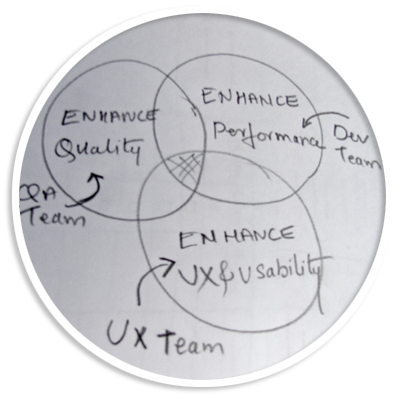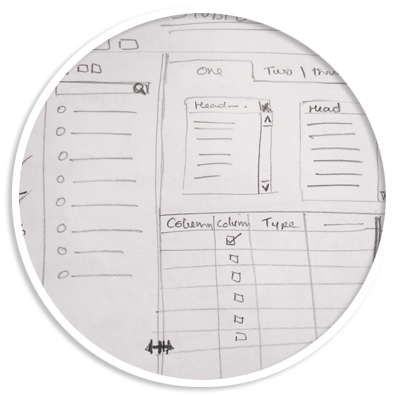Windows standalone Application
This application was to help the user to build and publish insights. It was a real challenge. Hitting on real user needs and behaviors, I worked on the project to bring a perfect harmony with business objectives and technical constraints.
As the user had to build insights, defining schema it was essential to get it accurate. So I came-up with a wizard based layout, this guided the user to navigate according to the work flow. I added a provision to notify and inform the user whenever he/ she made mistakes.
The system now was intelligent to direct the user to complete and publish the task without any skips and errors.



